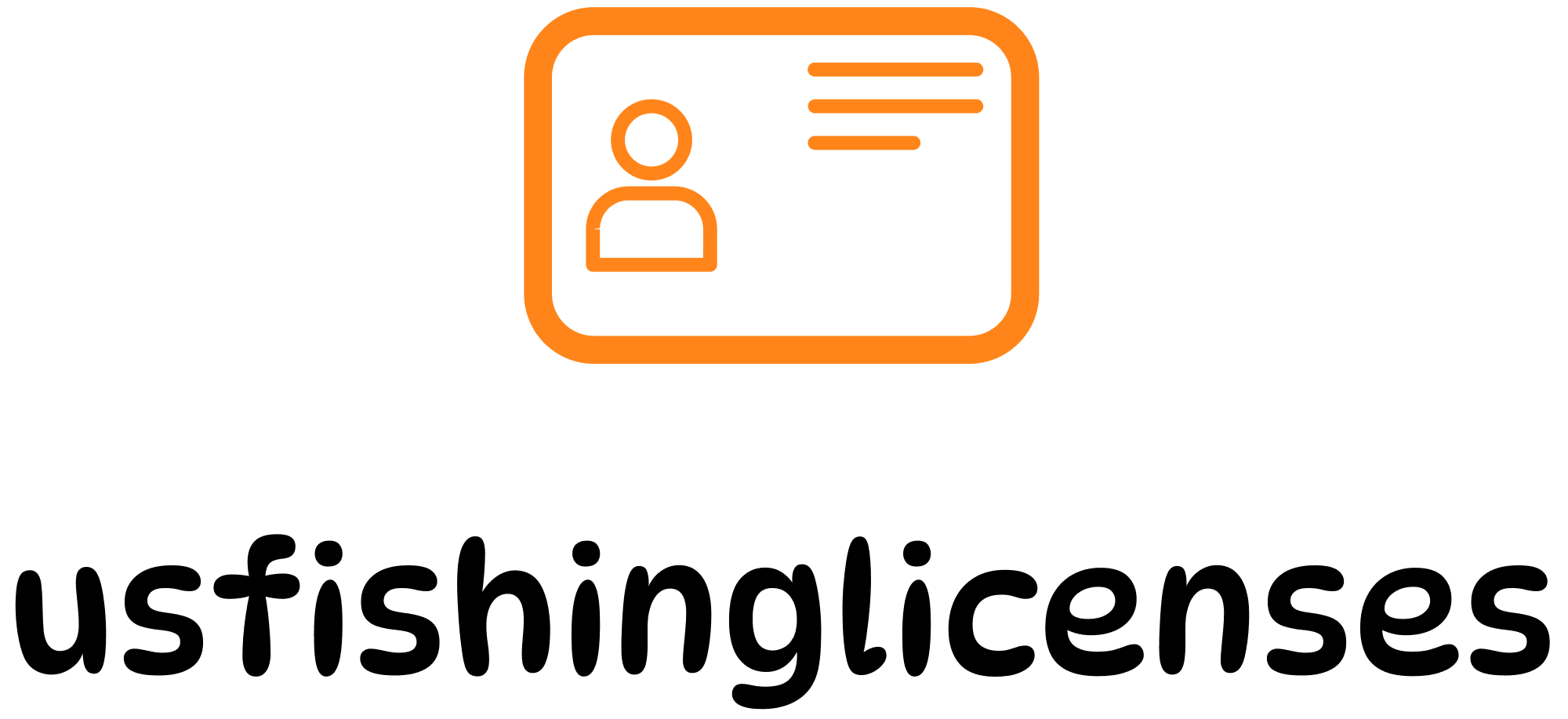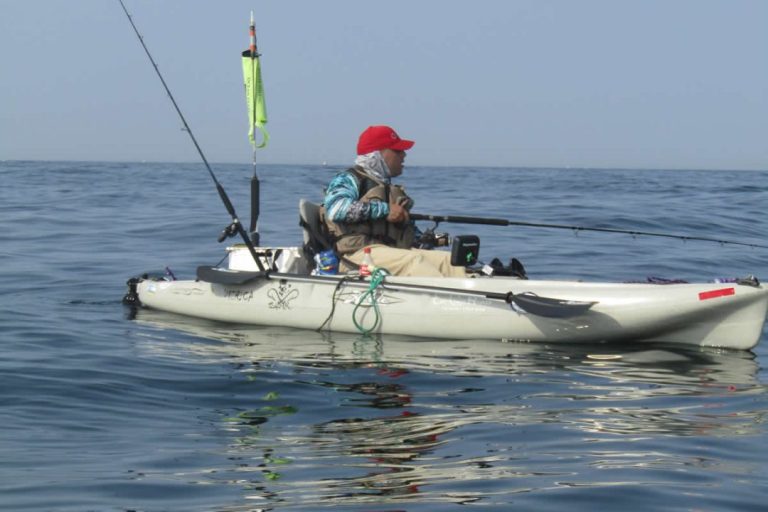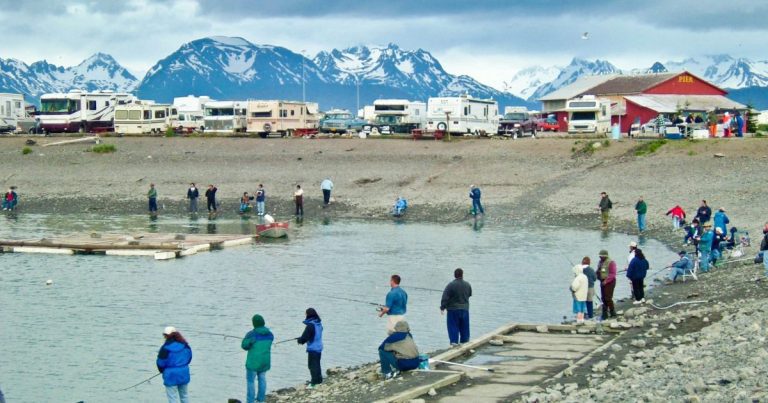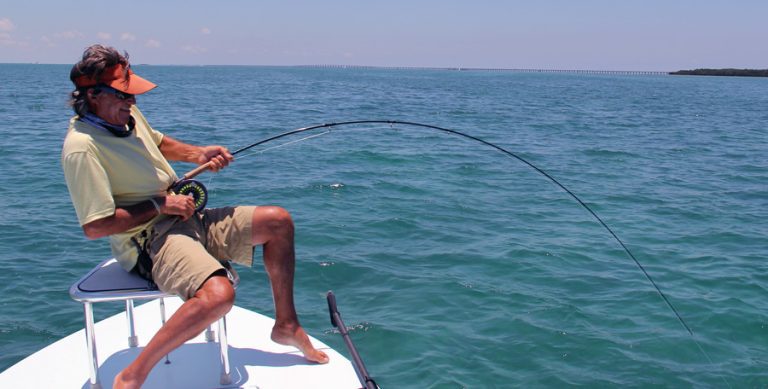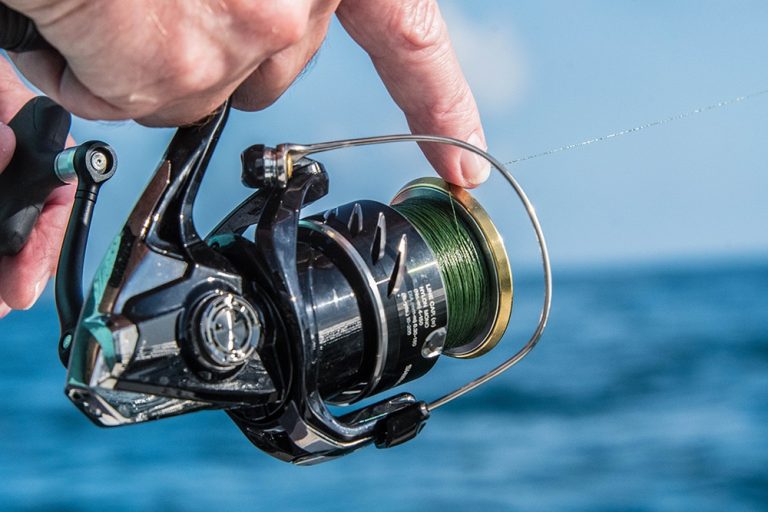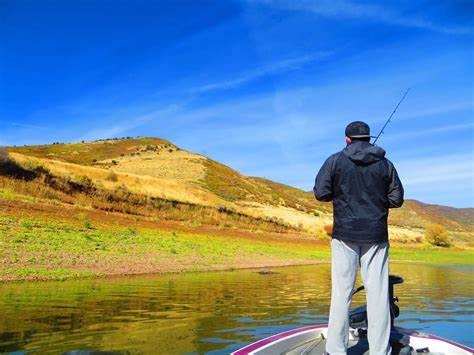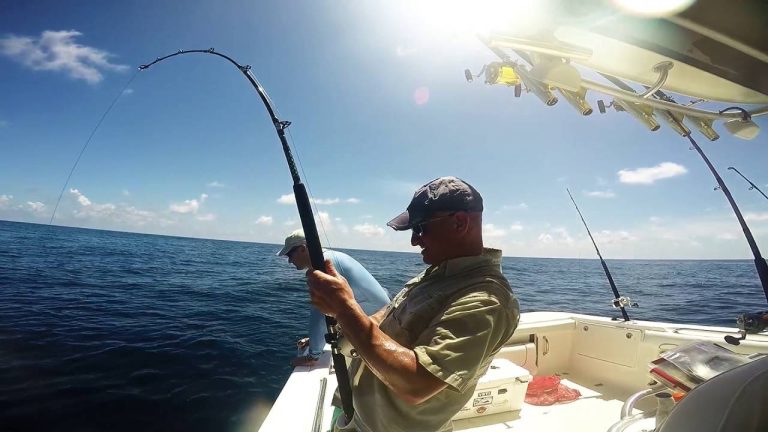Navigating the complex landscape of tribal fishing rights and licensing requirements can be challenging, even for experienced anglers. This comprehensive guide unpacks the unique legal framework governing tribal fishing across the United States, explaining how these rights differ from state regulations and what you need to know before casting your line in tribal waters.
Historical Foundation of Tribal Fishing Rights
Tribal fishing rights in the United States are not simply privileges granted by states or the federal government—they are inherent sovereign rights preserved through treaties, court decisions, and federal law. These rights predate the formation of the United States itself.
“Fishing has been central to tribal cultures for thousands of years, not just for subsistence but for cultural and spiritual practices,” explains John Echohawk, Executive Director of the Native American Rights Fund.
The 1974 Boldt Decision (United States v. Washington) stands as one of the most significant legal rulings, affirming that treaties signed in the 1850s guaranteed tribes the right to catch up to 50% of the harvestable fish passing through their traditional fishing grounds. This principle of “fair apportionment” continues to shape tribal fishing rights today.
Types of Tribal Fishing Licenses
Tribal fishing licenses typically fall into several distinct categories, each with different requirements and privileges:
| License Type | Typical Requirements | General Availability | Common Restrictions |
|---|---|---|---|
| Tribal Member Subsistence | Tribal enrollment | Members only | Personal use only, no commercial sales |
| Ceremonial Fishing | Cultural authorization | Members/designated representatives | Specific seasons, spiritual purposes |
| Commercial Fishing | Age (typically 18+), tribal membership | Primarily members | Boat size limits, catch reporting |
| Non-Member Recreation | Valid ID, fee payment | Available to public | Limited areas, species restrictions |
Age Requirements
Age requirements vary significantly by tribe. For example:
- The Sault Tribe allows commercial licenses at 18+ years and helper licenses at 16+ with parental consent.
- The Southern Ute Tribe charges fees for non-member anglers 13 years and older, while those under 13 can fish without a license when accompanied by a licensed adult.
How to Obtain a Tribal Fishing License
The process for obtaining tribal fishing licenses varies by tribe, but typically follows these steps:
- Determine eligibility – Different requirements exist for tribal members versus non-members
- Identify the correct authority – Licenses are typically issued by tribal fisheries departments
- Submit required documentation – May include tribal ID, proof of residency, or other identification
- Pay applicable fees – Costs vary widely based on tribe, license type, and duration
For non-tribal members seeking recreational fishing opportunities on tribal lands, US Fishing Licenses provides state-by-state guidance on complementary state licenses that may be required.
Important: Always verify current requirements directly with the specific tribe before fishing, as regulations change and may not be fully captured by general resources.
Treaty Rights vs. State Regulations
The interaction between tribal treaty rights and state fishing regulations represents one of the most complex aspects of tribal fishing governance. Three fundamental principles guide this relationship:
- Tribal sovereignty establishes that tribes have inherent authority to regulate fishing by their members.
- State conservation necessity permits states to regulate tribal fishing only when “reasonable and necessary” for conservation purposes.
- Non-discrimination principle requires that any state conservation regulations cannot discriminate against tribal fishers.
“States can only regulate tribal fishing when absolutely necessary for conservation and when the regulations are the least restrictive possible,” notes the Columbia River Inter-Tribal Fish Commission.
Recent court cases continue to refine these boundaries. In 2021, the First Circuit Court’s decision regarding the Penobscot River in Maine highlighted ongoing tensions between state and tribal jurisdiction over waterways.
Jurisdictional Boundaries Explained
Tribal fishing rights often extend beyond reservation boundaries to include “usual and accustomed” fishing grounds—areas historically used by the tribe for fishing activities. This creates a complex web of jurisdictions that can confuse anglers.
On-Reservation vs. Off-Reservation Rights
On tribal reservation lands, tribes maintain primary regulatory authority over fishing activities. For off-reservation fishing in usual and accustomed areas, tribal members maintain treaty rights but may be subject to certain state conservation measures when necessary.
The Washington State Department of Fish and Wildlife maintains a detailed map of tribal usual and accustomed fishing areas that helps clarify these jurisdictional boundaries.
Reciprocity Agreements and Co-Management
A growing trend in tribal-state relations is the development of co-management agreements and reciprocity pacts. These agreements represent collaborative approaches to fisheries management.
In 2024, the historic Five Tribes Reciprocity Pact established mutual recognition of fishing licenses between the Cherokee, Chickasaw, Choctaw, Muscogee, and Seminole Nations. This groundbreaking agreement allows citizens of any of these tribes to fish throughout the territories of all five nations with a single tribal license.
Similarly, cross-deputization agreements between tribal and state conservation officers have proven effective in regions like the Pacific Northwest, where Washington Department of Fish and Wildlife officers work collaboratively with tribal enforcement personnel.
Subsistence and Ceremonial Fishing Regulations
Subsistence and ceremonial fishing hold profound cultural importance for tribal communities and are subject to distinct regulations.
Subsistence Fishing
Subsistence fishing rights permit tribal members to harvest fish for personal and family consumption, typically with:
- Higher catch limits than recreational anglers
- Extended or separate seasons
- Permission to use certain traditional methods prohibited to others
In Canada’s Aboriginal Fisheries Strategy, Food, Social and Ceremonial (FSC) licenses specifically prohibit the sale of catch, distinguishing subsistence from commercial fishing.
Ceremonial Fishing
Ceremonial fishing serves spiritual and cultural functions essential to tribal identity. The Stillaguamish Tribe of Indians recently revived their First Salmon Ceremony, demonstrating the ongoing importance of these practices.
Such fishing typically occurs:
- During specified ceremonial periods
- Under the direction of cultural authorities
- With special permits issued by the tribe
Commercial Tribal Fishing Licenses
For tribes with commercial fishing rights, licensing involves additional considerations:
- Boat size and equipment regulations – Many tribes limit commercial vessel dimensions and gear types
- Catch reporting requirements – Commercial operators typically must maintain detailed harvest records
- Market access provisions – Some licenses include specific provisions about where and how catch can be sold
The Columbia River Inter-Tribal Fish Commission notes that commercial fishing provides crucial economic opportunities for tribal communities, with some tribal fishers selling directly to consumers through programs like the Columbia River Indian-Caught Salmon.
Federal Support and Conservation Initiatives
Federal agencies increasingly recognize the importance of tribal co-management in conservation efforts. In 2024, the National Oceanic and Atmospheric Administration (NOAA) allocated $240 million in funding to support tribal hatcheries and habitat restoration projects.
The Bureau of Indian Affairs and the U.S. Fish and Wildlife Service also provide technical assistance and funding through programs like Tribal Wildlife Grants, supporting indigenous-led conservation efforts.
Practical Guide for Non-Tribal Anglers
If you’re planning to fish on tribal lands or in areas covered by tribal fishing rights, follow these essential steps:
- Research applicable tribal regulations – Contact the specific tribe’s fisheries department
- Obtain all required licenses – This may include both tribal and state licenses
- Respect cultural protocols – Some areas may have special significance or restrictions
- Learn about catch limits and seasons – These often differ from state regulations
- Understand enforcement authority – Know which enforcement officers have jurisdiction
Many tribes like the Yakama Nation and Colville Confederated Tribes provide visitor fishing permits through their fish and wildlife departments, with information available on their respective websites.
For state-specific information on complementary fishing licenses, you can visit:
- Washington State Tribal Fishing Information
- Minnesota DNR Tribal Agreements
- Wisconsin Tribal Treaty Rights
Special Considerations for Protected Species
Tribal fishing rights often include provisions for species that may be protected or restricted under state law. For example, several Pacific Northwest tribes maintain treaty rights to harvest specific numbers of endangered salmon for ceremonial purposes.
The Northwest Indian Fisheries Commission works with state and federal agencies to establish harvest levels that balance conservation needs with treaty obligations. Their collaborative approach offers a model for resolving potential conflicts between endangered species protection and tribal rights.
Frequently Asked Questions
Do tribal members need state fishing licenses?
Generally, tribal members do not need state licenses when fishing within their reservation or in usual and accustomed places covered by treaty rights. However, they may need tribal permits and must follow tribal regulations.
Can non-tribal members purchase tribal fishing licenses?
Yes, many tribes offer fishing permits to non-members, though these typically provide more limited rights than tribal member licenses and often come with additional restrictions and higher fees.
How are tribal fishing regulations enforced?
Enforcement varies by location but typically involves tribal game wardens or conservation officers. Many regions also have cooperative enforcement agreements between tribal and state authorities.
What happens if state and tribal regulations conflict?
Where treaty rights exist, they generally take precedence over state law. However, the practical resolution often involves negotiated agreements between tribes and states to address both conservation needs and treaty obligations.
Conclusion
Understanding tribal fishing rights requires recognizing their foundation in sovereignty, treaty obligations, and cultural significance. These rights continue to evolve through court decisions, cooperative agreements, and policy reforms.
For both tribal members and non-members, navigating this complex landscape requires careful attention to specific tribal regulations, jurisdictional boundaries, and license requirements. By approaching tribal fishing with respect for both legal rights and cultural traditions, anglers can help preserve these important resources for future generations.
